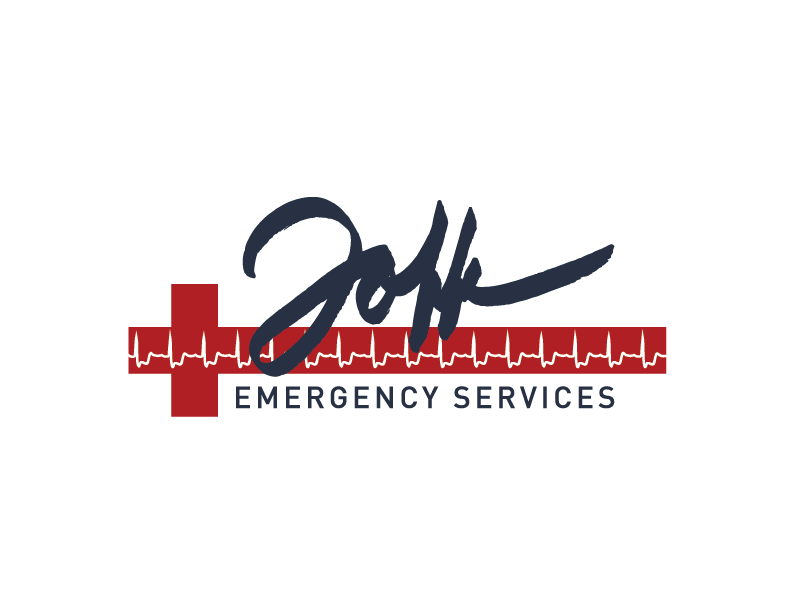So you’re deciding to implement an on-campus security team! We hope you’ll consider joining Joffe’s partners in allowing us to provide focused, well-trained, and cheerful security officers for your campus. Okay, that’s the end of our sales pitch. Regardless of who your security provider is, there’s an important step you need to take before guards are ready to begin fully supporting your community.
A school security deployment plan is a critical element on the path to improved safety. Creating this plan serves a dual purpose. First, it requires your school to think through all the details that make up your specific environment. At the risk of defaulting to rote cliches, every school faces unique challenges or obstacles in their safety journey, and the best resource to solving them is the institutional knowledge already on campus.
This deployment plan will also be an invaluable resource to law enforcement, emergency services, and obviously your own security team regarding your school’s general operations, as well as procedures in the case of a disaster or other emergency scenario. Let’s go through the elements that will be contained in your effective school security deployment plan.
Basic Campus Overview: This section will include details like how many grades your school serves, how many individuals are typically on campus, and an average schedule for each day of the week. What time do parents arrive and depart, what time buildings on campus open and close, and other general questions. This is also a good place to list key administrators and staff who have responsibilities connected to safety, facilities, and emergency response. Note their name, title, phone numbers, email, and responsibilities.
Layout of School: This part of planning is critically important in allowing for the fastest possible emergency response. A clear representation of your school’s layout with important infrastructure (fire panel, gas/water shut-off, etc.) clearly marked will be essential in an emergency situation. Layout also involves the traffic patterns at your school, where emergency vehicles enter and exit, and how to gain roof access if needed. Your security team should know this like the back of their hand so that emergency personnel can be directed to the scene immediately upon arrival.
Information on Security Personnel: Here, you’ll list the security company, the officer in charge, standard shift start and end times, as well as the tools available to officers. This information might include how many radios officers have available, whether they carry flashlights or other miscellaneous materials, and if officers are armed while on campus.
Emergency Preparedness Supplies: This should be an accounting of all caches of emergency supplies. That could include emergency backpacks that perhaps all classrooms have (and what’s in the backpack), a storage unit of food and water in case of an extended campus stay, what administrators and others have in personal offices, all of it. Whatever is available on campus should go in the plan.
Keys to the Building: Hopefully, your administrators and other key staff members carry building Master keys or the equivalent. Regardless, note here what staff members carry keys, what doors they open, and detail the location and type of any extra keys set aside for police or fire department members arriving on campus.
This is a beginner’s guide/overview to the type of information that needs to be collected to assist with campus security. In the hopes of actually having someone read this article, I just hit the highlights.
If you do partner with Joffe (okay, one last sales pitch), we will work hand-in-hand with you to design a fully-figured plan that puts your school in the best possible position to respond in the case of an emergency. Regardless of who you work with, holistically designing this plan will immediately make your school safer and ultimately provide a priceless resource to reference in emergencies.
